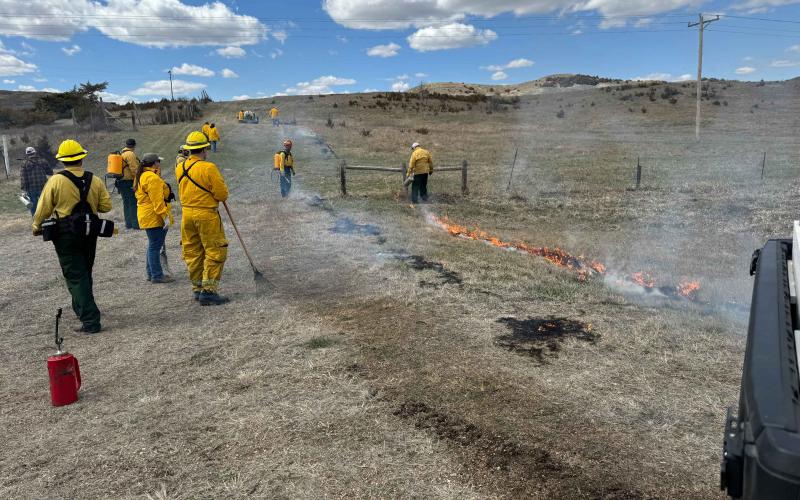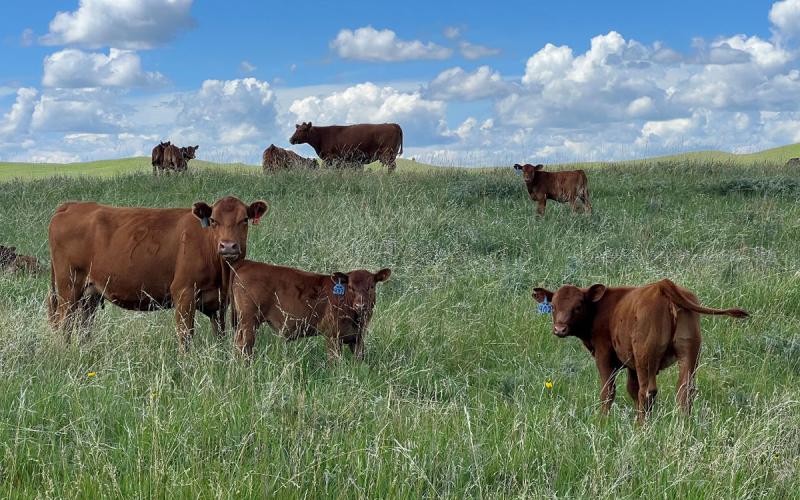Written collaboratively by Krista Ehlert, Lora Perkins, Grace Villmow, and Bret Lang.
SDSU’s Native Plant Initiative (abbreviated as NPI) has been hard at work on research that focuses on the conservation and supply of native plants.
Investigating Monarch Oviposition

The NPI is researching which of the 18 species of milkweed that are native to the Northern Great Plains (abbreviated as NGP) are the most beneficial to plant for monarch butterflies (Figure 1). Monarchs have faced significant population decline in recent years. Since monarch butterflies are some of the most-famous butterflies in the world, our ability to conserve their habitat can provide a model for habitat conservation of other butterflies and insects. Insects are sometimes considered pests and nuisances, but there are many beneficial insects including monarch butterflies. Highlighting monarch butterflies can help improve the reputation of insects state-wide. It is important to determine monarch butterfly oviposition (egg-laying) preference on milkweed species by looking for eggs on each plant, in addition to keeping track of the monarch larva. This research also examines the differing concentrations of plant defensive chemicals in the different monarch species, which can impact monarch preference and larval survival. Ultimately, this research on monarch oviposition can help maximize efforts to plant habitat for monarchs.
Strengthening Native Seed Supply

In addition to monarch and milkweed research, the NPI has a goal to strengthen the native seed supply for ecological restoration and land management across the NGP region. One strategy to achieve this goal is to increase native seed production on land already in agricultural production, but in relatively small plots in marginal soils, where native plants may perform better than conventional crops. However, little is known about how plots of native plant monocultures intended for seed production affect the soil health in areas where they are planted. This research looks at how different native plant monoculture plots affect soil health compared to plots planted in a conventional corn/soybean rotation (Figure 2). This will include tracking changes in mineral and biological soil attributes. It is important to research how soil changes attributed to native plant monocultures affect the soil adjacent to their plots (or edge effects) and crops rotated into these plots after natives. This can provide insight to native seed producers about how they should manage their soils based on the type of native species they have planted on their land.
Collectively, these research projects that the NPI is working on will help to conserve native plants such as milkweeds and enhance our understanding of how to increase native seed supplies for ecological restoration and land management across the NGP.
About the Native Plant Initiative
Native plants are the foundation that supports insects, pollinators (including bees), birds and wildlife.
Learn More

